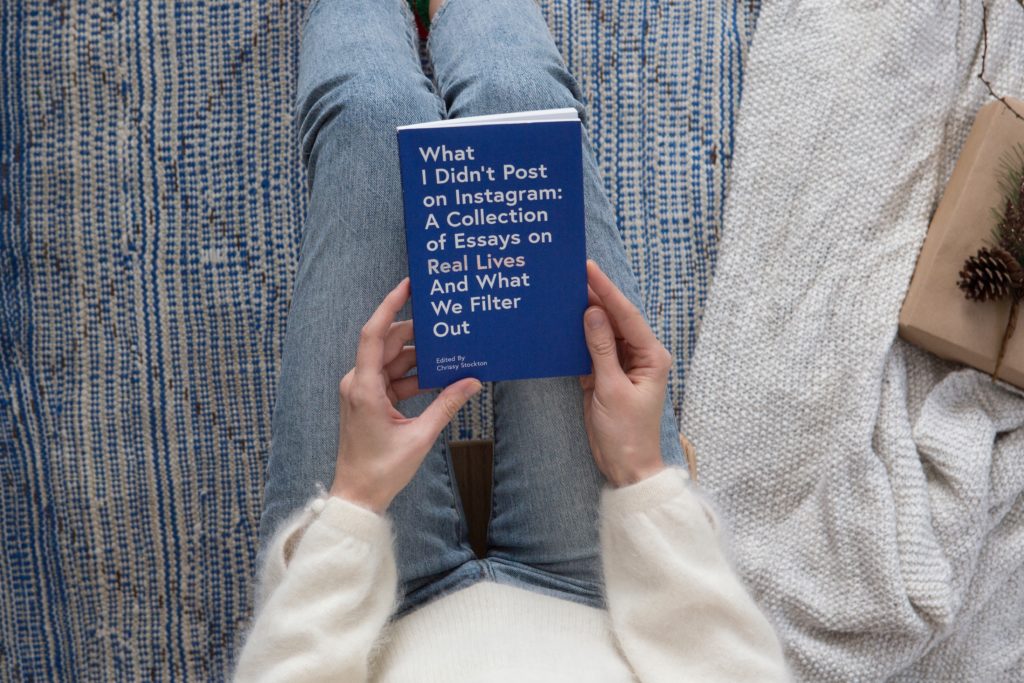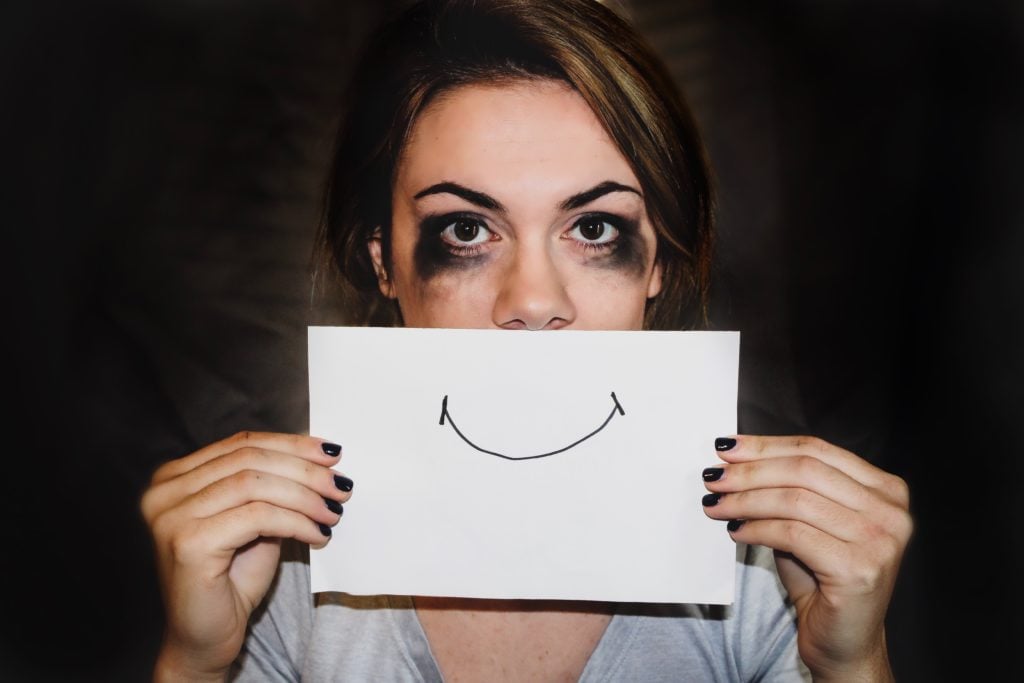Just Keep Scrolling
I notice one of the top trending topics on social media is World Mental Health Day. Working in social media marketing I have had a strong interest in how social media impacts our mind and whether this is, in fact, having a profound impact on people’s mental health.
World Mental Health Day
Many might consider that mental health is no longer the taboo topic it used to be, we are increasingly seeing influential figures such as Prince Harry and influencer Zoella breaking down barriers by talking about their own personal struggles with their mental health.
But I still wonder why I scroll, scroll, scroll until Instagram informs me; “you’re all caught up.”
*Continues to scroll back through my entire Instagram feed until I end up on the same picture of myself or my friend pouting I have already seen 100 times. *
So why do we mindlessly scroll through our news feeds? And are social platforms doing enough to curb excessive social media usage in the “always on” age?

The Dark Side
Social media is without a doubt a fantastic platform to connect us with our friends, inspire us with content and make us laugh when we’ve had a bit of a rubbish day. However, are these connections genuine? Does a constant comparison to other people’s lifestyles, looks and experiences inspire us or isolate us? And does seeking validation through “like culture” really improve our self-confidence? Probably not.
These are debates we as social media marketers need to be mindful of as we continue to improve social media. This doesn’t mean we see social media in a negative light, it means we recognise the importance of educating users and embracing platform changes which allow us to monitor our social media usage. Instagram allows us to see when we’re all caught up, preventing us from looking at the same content again and again, however, where do we go when we’re all caught up in our news feed? Instagram stories, where usage is no longer monitored.

There is still a long way to go. Social giants may have no choice but to test features which curb social media addiction and excessive usage. Facebook insists you should not use the platform if you are under the age of 13, and WhatsApp similarly state you should not use the platform if you are under the age of 16, but this isn’t enforced.
Government Intervention
The Government is soon to produce a report outlining the first official guidelines on the maximum amount of time children should be spending on social media. Government intervention follows a 2017 Education Policy Institute Report which found a link between social media use and mental health issues.
The report found that 12% of children who spent no time on social media had symptoms of ill mental health. The figure more than doubled to 27% for those spending time on social media sites for more than three hours a day.
Theresa May governing Facebook?! Let’s not get ahead of ourselves, but we should remember that Governments seeking to regulate social platforms is an area for concern. Changes need to come from those who understand the platforms, acting out of experience and knowledge, not fear.

What does this mean for marketers?
Although it is understandable that brands could be fearful of talking about the topic of mental health insensitively, this doesn’t mean they should ignore the topic altogether. Social media is all about real life experiences, personalisation and stories. It is often this type of content which resonates with people and builds brand affinity.
Brands might start to link to blogs, sources of information or think about the negative impacts of their product to stimulate conversations. Representation is key, especially when it comes to lifestyle brands.
Showing diverse images of people better represents those who buy the product, reduces stereotypes and positions the brand as inclusive. The people selected to represent a brand should be from a range of backgrounds, experiences and ages.
Brands attuned to their audience’s daily lives and what affects them, are better equipped to change those audience’s perceptions of the brand and its values. Lynx partnered with CALM to create an out of home campaign, which raised awareness of male suicide and prompted discussion around more serious topics. Lynx adapted their tone of voice to speak directly to their male customers and demonstrate they understand the issues affecting them.
The key lesson for brands on World Mental Health Day?
Don’t be afraid to talk about mental health, do your research, know your audiences and stimulate meaningful conversations.


